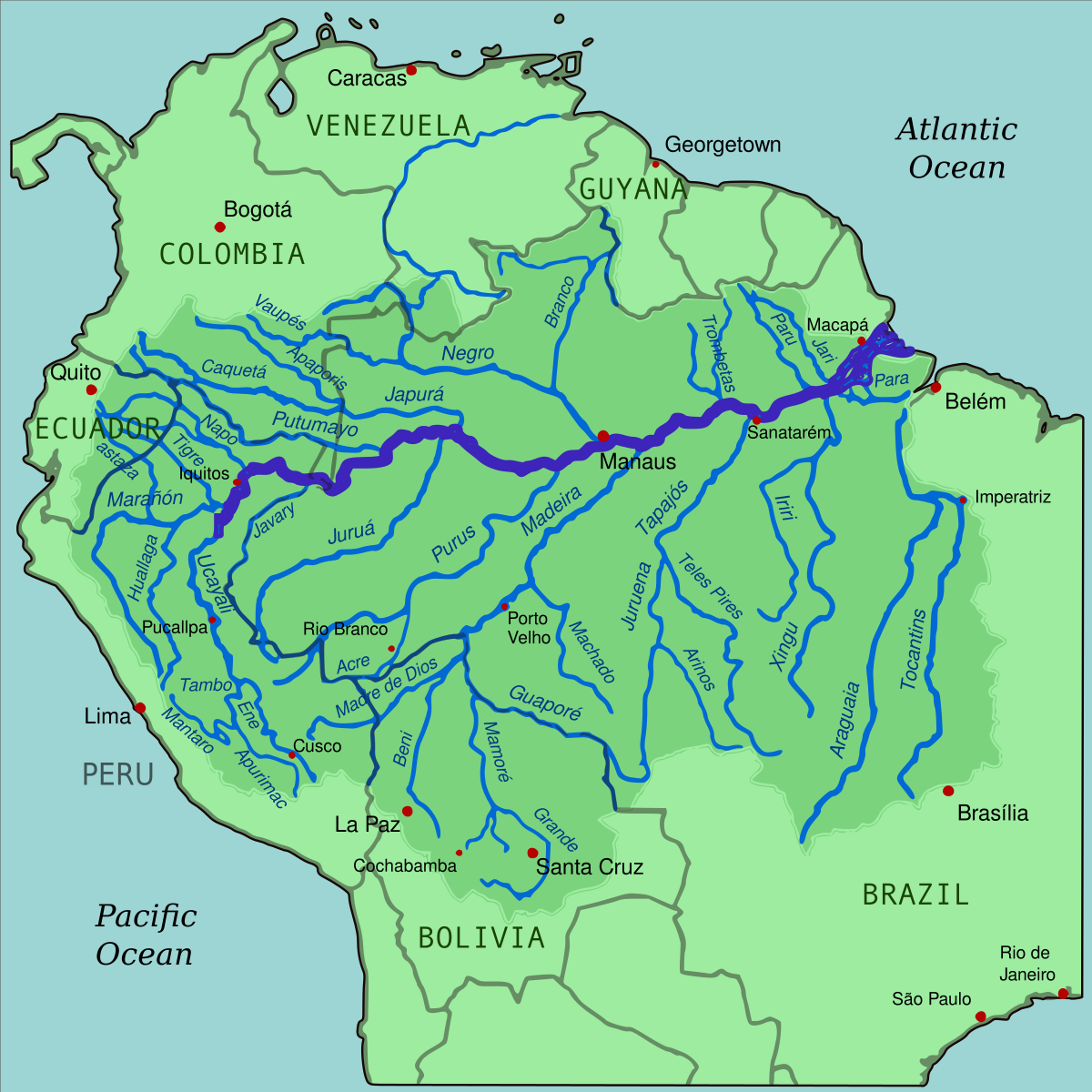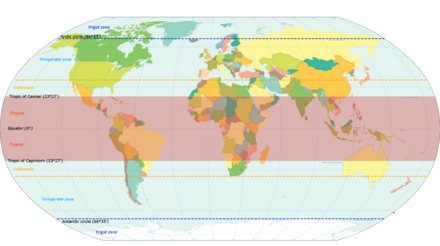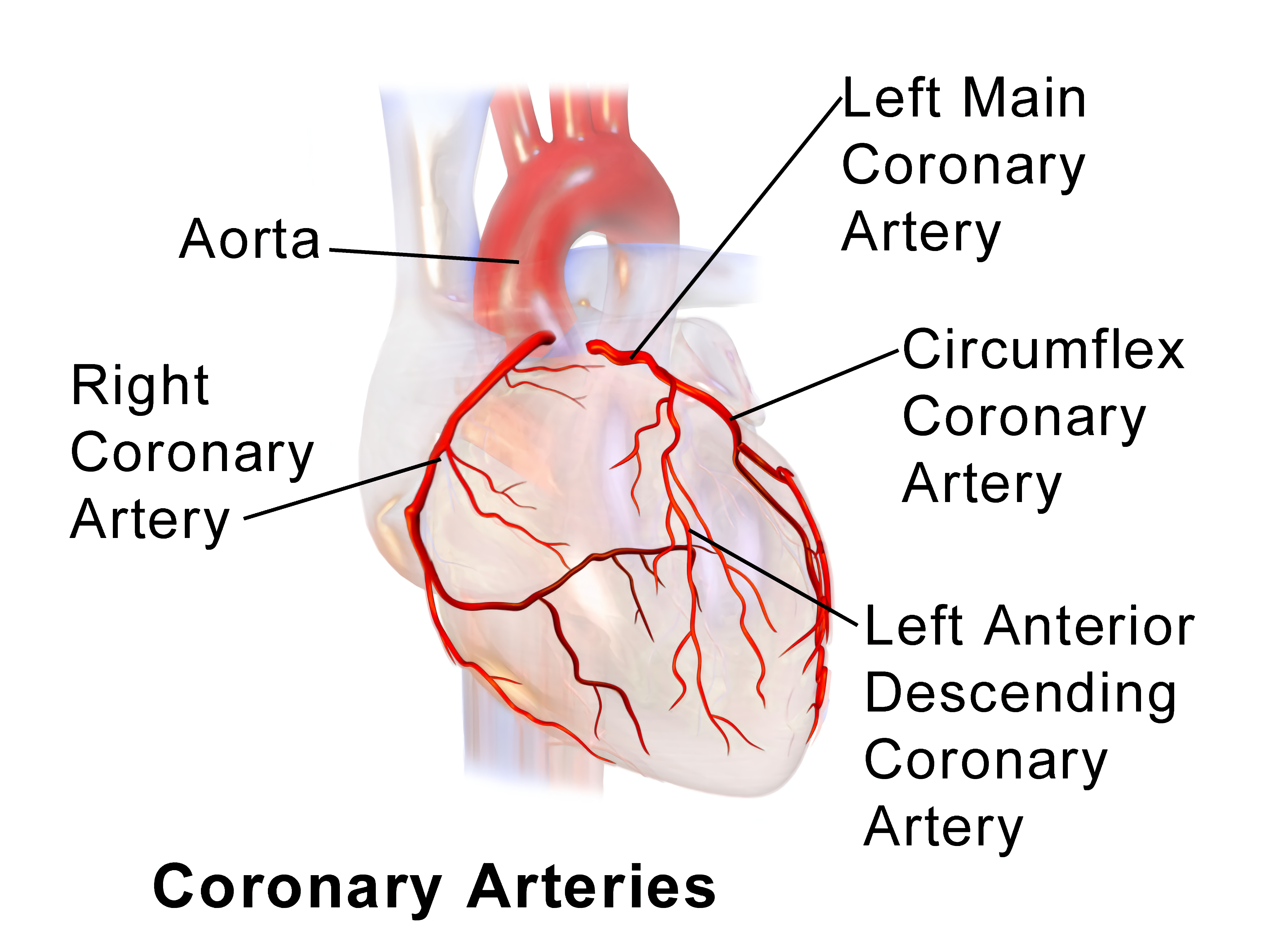A new concept, On skin body area networks abbreviated as bodyNET is all set to revolutionise the way we communicate. In a recent report in Nature, researchers Bryant Chu, William Burnett, Jong Won Chung and Zhenan Bao of the Stanford University foresee not too distant a future when bodyNET will enable us "to sense and communicate with others and the surroundings in new and sophisticated ways beyond the existing 5 senses". In that context bodyNET will indeed function as the sixth sense. Imagine wearing your smart phone as a digital tattoo or a patch on your skin. Exactly five years ago a write up on medical tattoos ( Time for Medical Tattoos ) appeared here; now the umpteen possibilities of the concept are being explored.
True; as of now bodyNet is not yet ready, it is still in the developmental stage. Central to the design of bodyNET is the class of materials known as elastronics. These are materials which can stretch like elastomers (rubber) and can be embedded with the necessary electronics. The electronic circuits must be stretchable too in everywhich way without compromising on their performance. This indeed is the first challenge. Then follow the need for suitable sensors, energy sources etc. There are additional requirements- of miniaturisation, of biocompatibility (since the devices will be worn on skin or implanted), of durability in a variety of physiological and climatic conditions and above all cost. Global demand for such ensembles is expected to peak by 2023.
Samsung Gears and Apple Watches are wearable smart devices currently in the market. Team bodyNET has much more ambitious plans for their first generation product. Subsequent versions will have the capability to interact with digital networks as well as decode physical and biological signals which are otherwise invisible. But these capabilities also raise uncomfortable questions of privacy threats and data security. Chu et al are aware of these challenges and are confident that the necessary legal checks and balances will also come into force in parallel.
TAILPIECE:
On the flip side, if you opt for a decorative conspicuous patch, then you might be displaying your moods for the whole world to see; permitting everyone into your personal space.
REFERENCES:
1. Bring on the bodyNET
2. Global Stretchable electronics Market
Samsung Gears and Apple Watches are wearable smart devices currently in the market. Team bodyNET has much more ambitious plans for their first generation product. Subsequent versions will have the capability to interact with digital networks as well as decode physical and biological signals which are otherwise invisible. But these capabilities also raise uncomfortable questions of privacy threats and data security. Chu et al are aware of these challenges and are confident that the necessary legal checks and balances will also come into force in parallel.
TAILPIECE:
On the flip side, if you opt for a decorative conspicuous patch, then you might be displaying your moods for the whole world to see; permitting everyone into your personal space.
REFERENCES:
1. Bring on the bodyNET
2. Global Stretchable electronics Market






